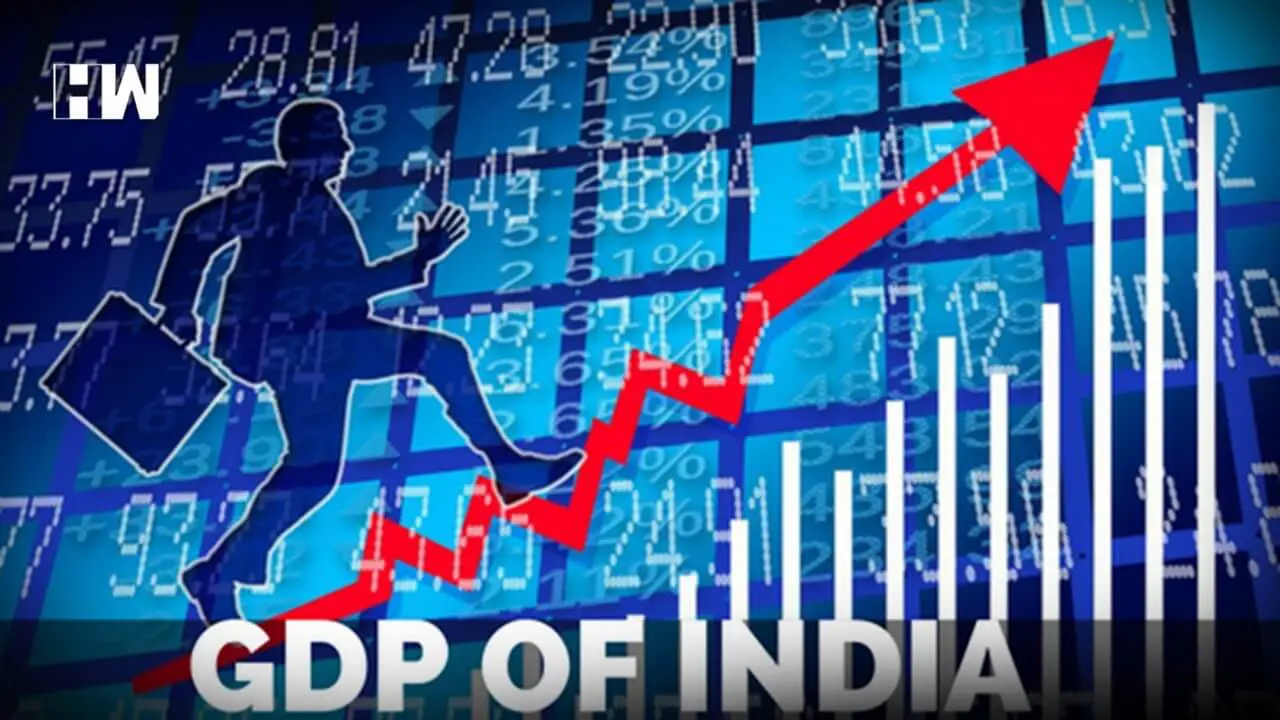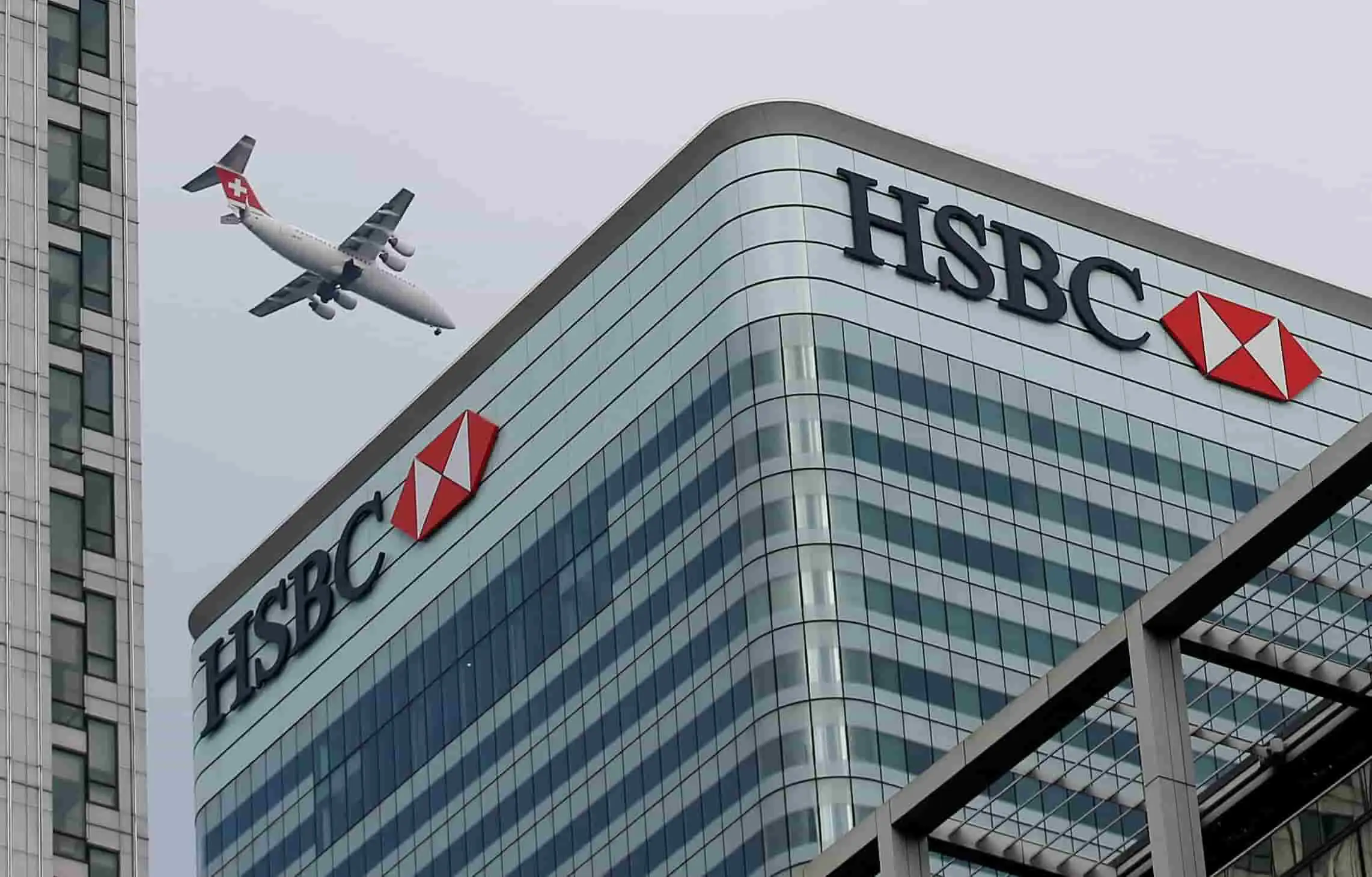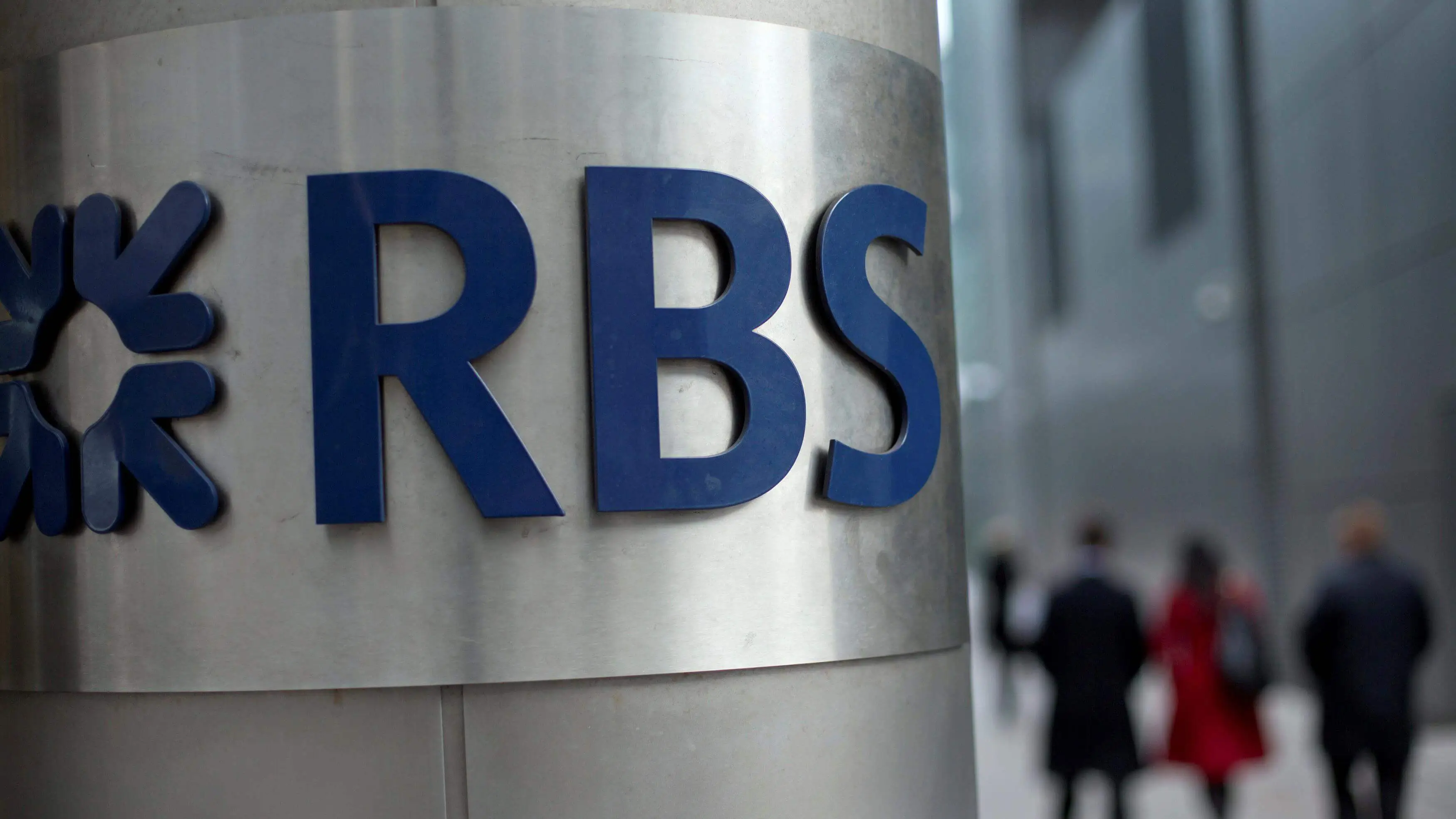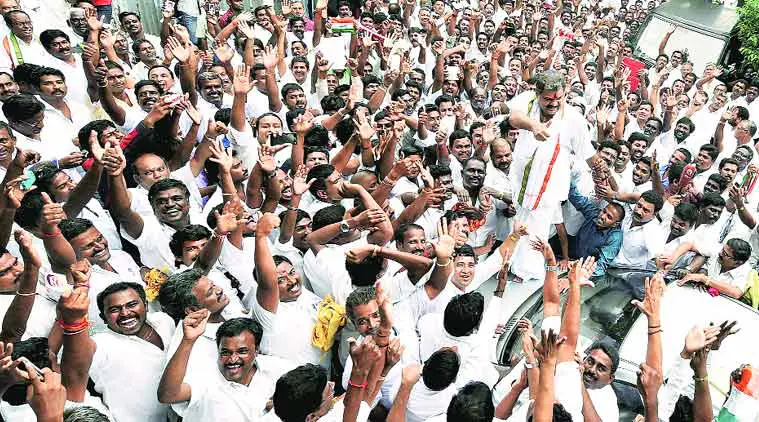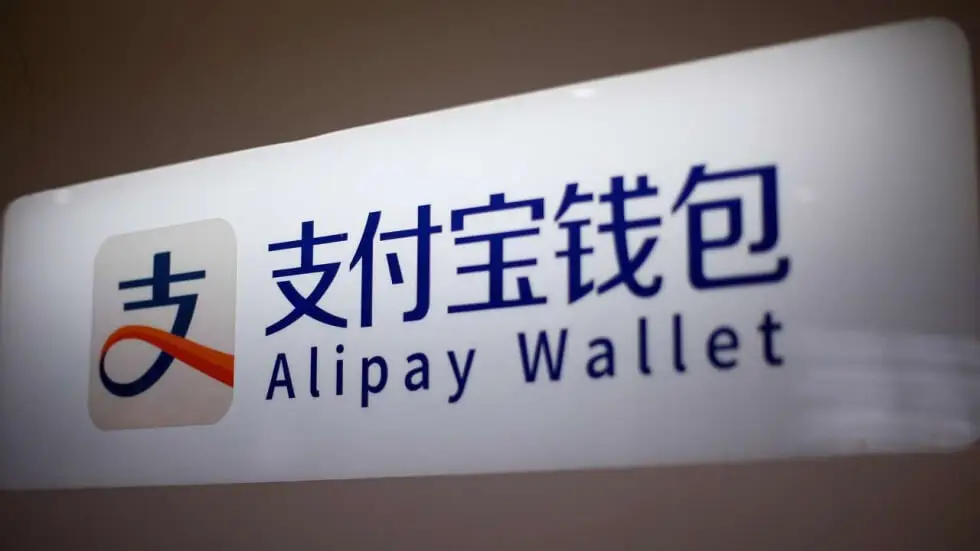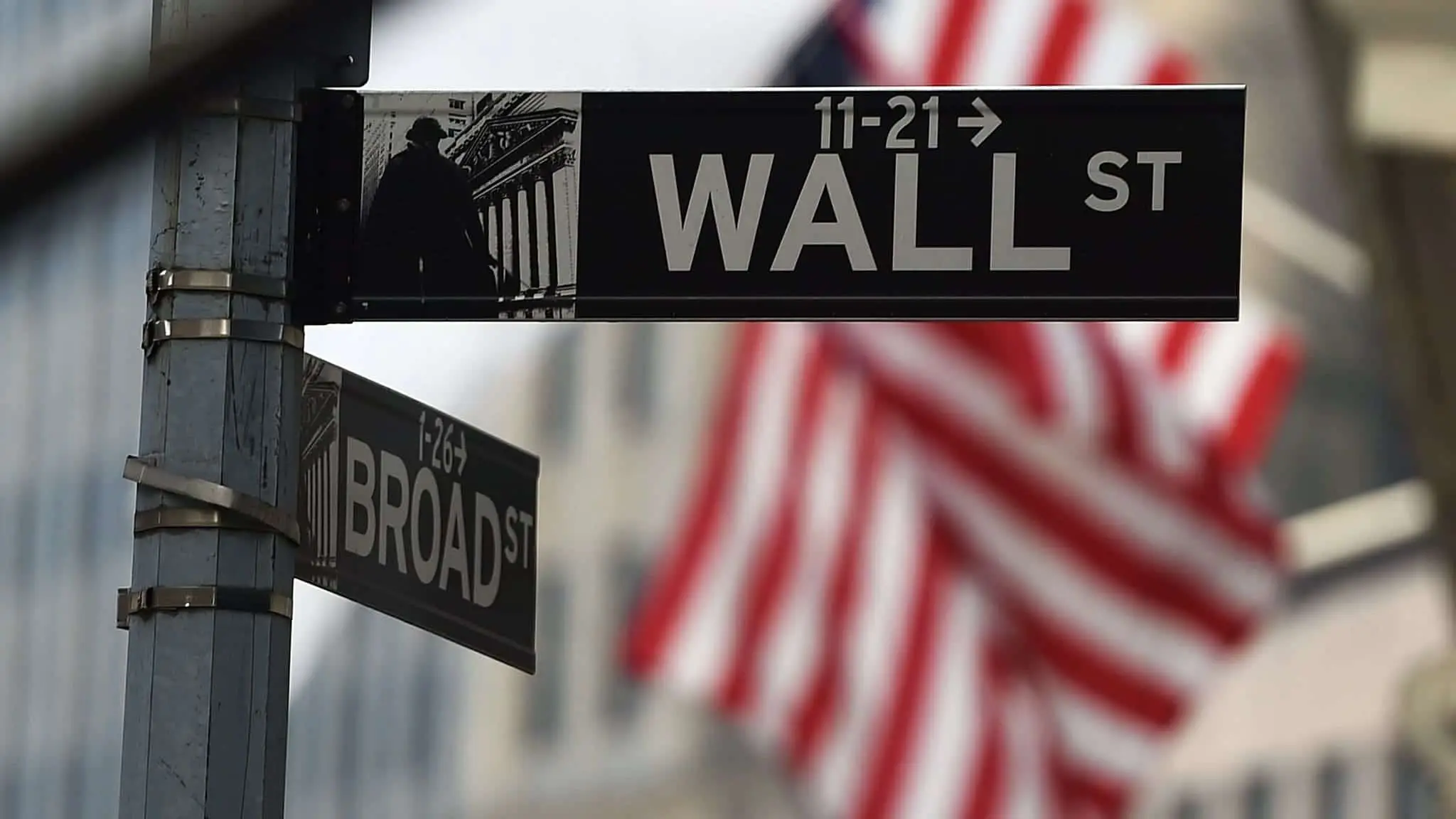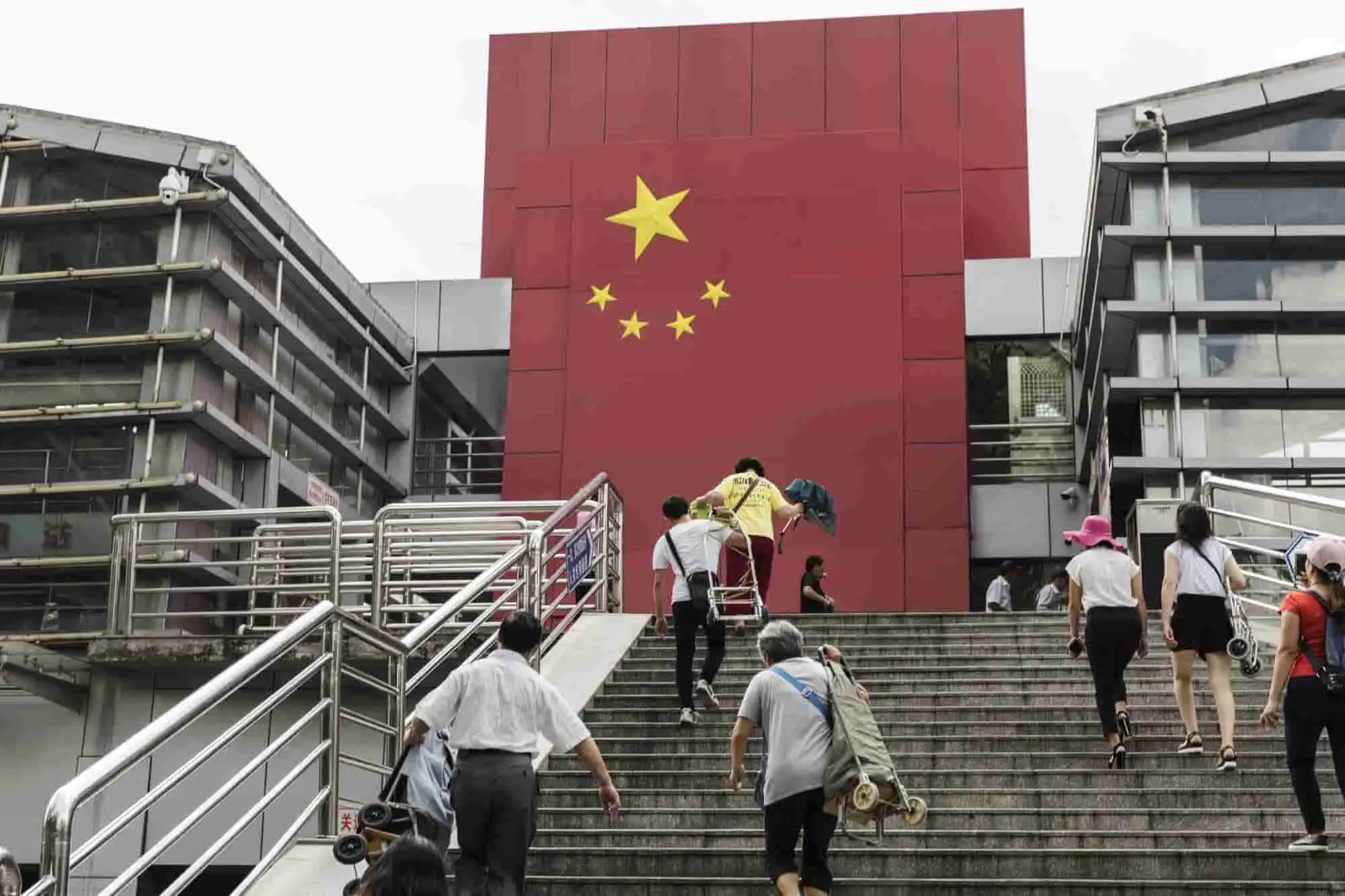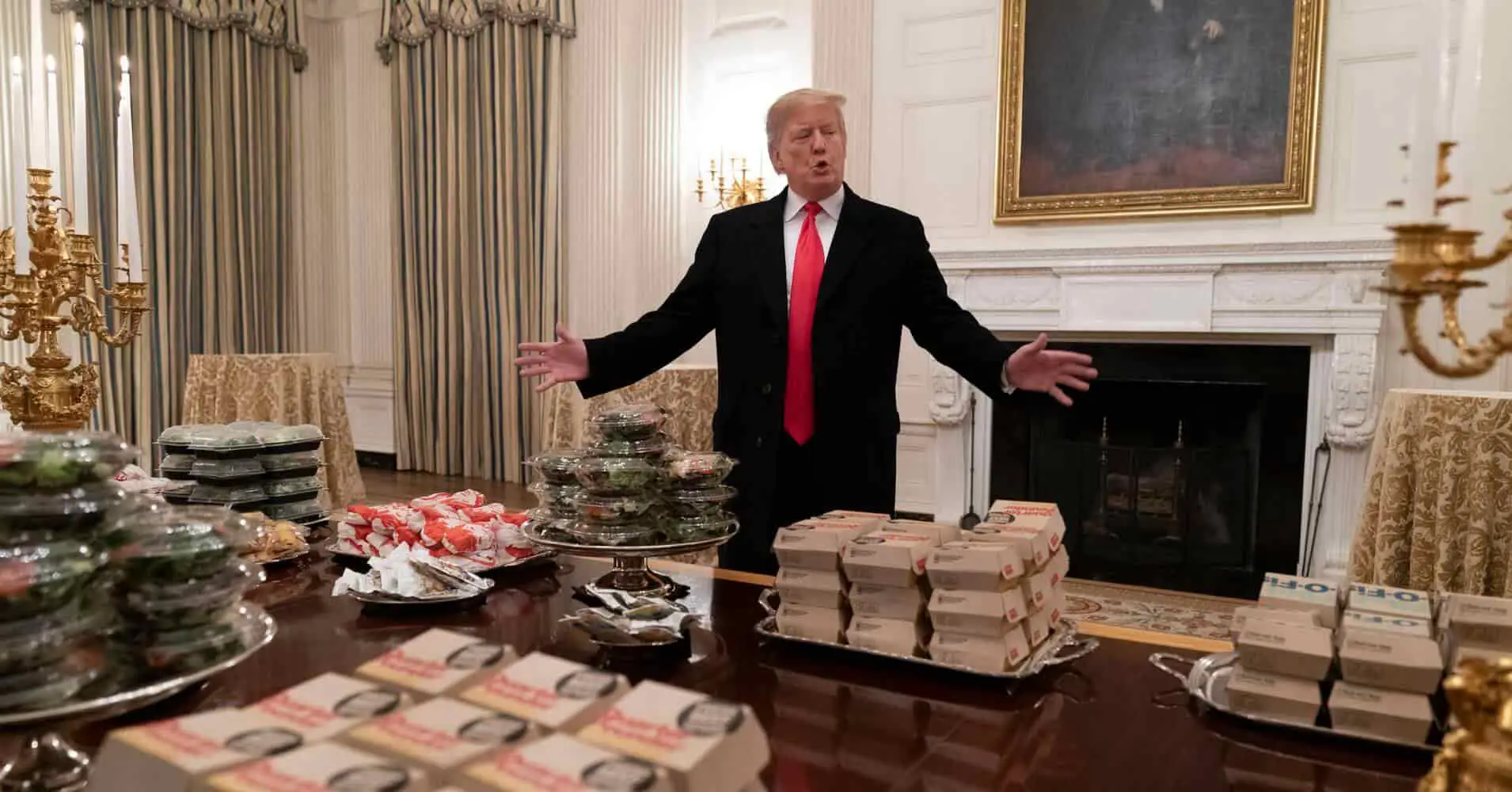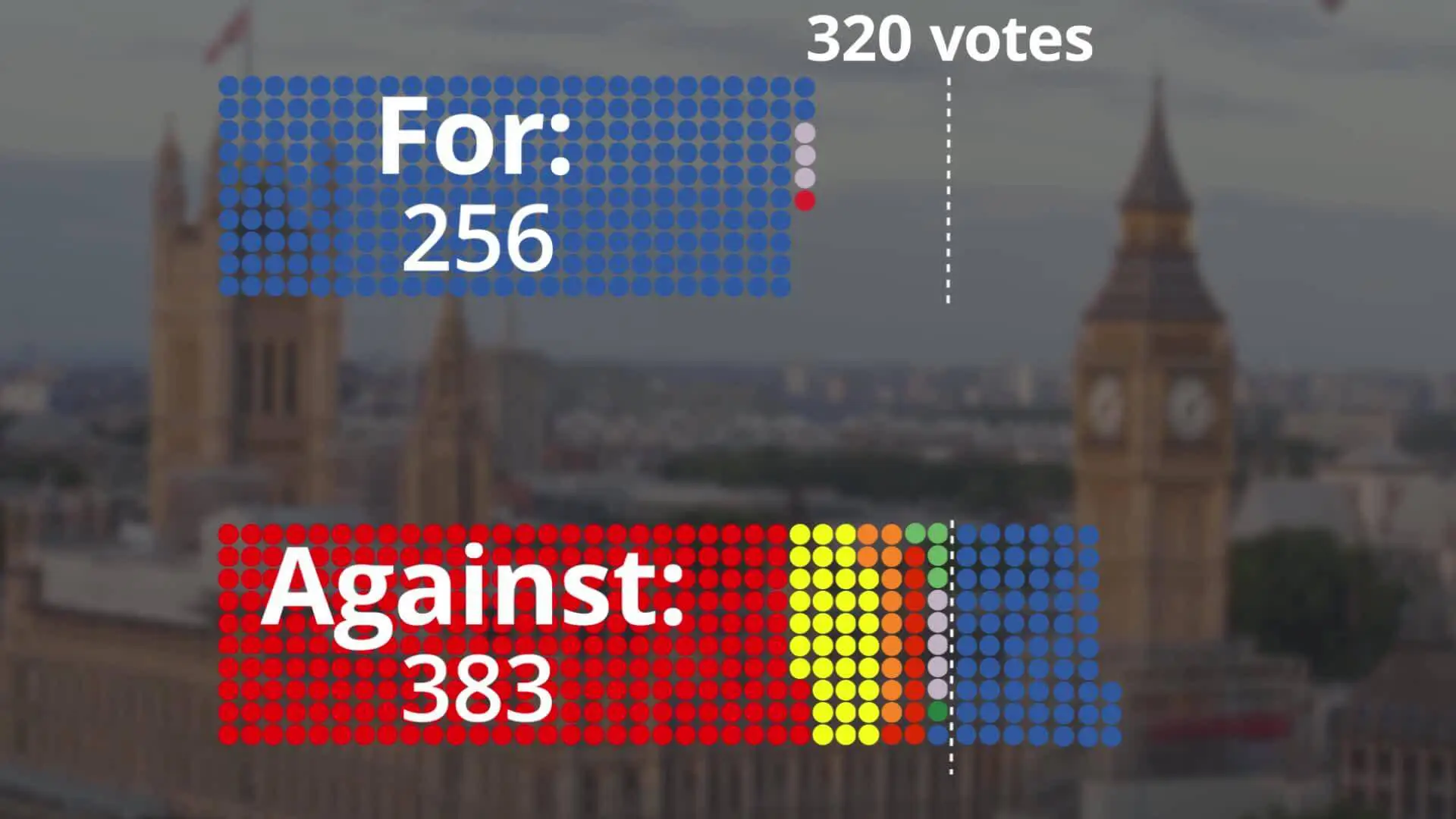India’s Gross Domestic Product (GDP) growth rate in Q3 which ended on 31st December 2018 has stood at 6.6 percent; the information is according to recent government data which was released on Thursday. The growth rate is at a 5-quarter low. It is the slowest growth rate ever since the quarter that ended in September 2017. The GDP growth rate is lower than the economist’s estimation. As per Reuters poll, the news agency mentions that they had assumed to GDP growth rate to be around 6.9 percent. The assumption was based on more than 55 economists, who voted on the poll held from February 19 to 25; the average prediction was of 6.9 percent GDP growth rate.
Ministry of Statistics addressed in a statement that, the GDP growth rate for the current fiscal year 2018-2019 has been assumed to 7 percent in comparison to the year 2017 to 2018 which was at 7.2 percent.
As per the data released by the government, the GDP growth estimation for the previous quarter of July to September has been reconsidered from 7.1 percent to 7.0 percent. The third quarter growth rate for the current financial year has noticed a considerable fall of 8 percent from April to June 2018.
The GDP growth rate was at 7 percent a year ago, higher than the Q3 growth rate and there is a decline in the GDP rate from 7.2 percent in 2018-2019, which was released recently, Central Statistics Office stated.
Meanwhile, India is overtaking China to maintain the tag of world’s fastest growing economy. China’s economic rate was up at 6.4 percent during its third quarter.
Economists have suggested that the slowdown in GDP may direct the Central Bank of India to another rate cut during its policy review in April.
L&T Finance Holdings group chief economist, Rupa Rege Nisture stated that she had assumed the overall GDP growth for the fiscal year 2019 should be reconsidered and reviewed downwards because of the farm sector that had suffered a lot due to uneven rainfall, drained reservoirs in agricultural states and their negative effect on the cultivation of food grains. The GDP data has managed to correctly hold on to these events.
In January, the Central Statistical Office (CSO) in its first advance estimation had predicted that the Indian economy may grow to 7.2 percent for FY19.
CSO mentioned that Gross Domestic Product at Constant Prices (2011-2012) for the year 2018-2019 is most likely to achieve Rs 141 lakh crore which will be against the GDP’s First Revised Estimate for the year 2017-2018 of Rs 131.80 lakh crore, that data was published on 31st January 2019.
The Reserve Bank of India (RBI) had predicted the GDP growth rate to be at 7.4 percent in this current year, 2018-19. This GDP slowdown had led the RBI to cut the important interest rates and to modify their policy stance to neutral so as to push for expansion ahead of sharp inflation fall.
The RBI has estimated the GDP growth rate for the next financial year to be between the level of 7.2 to 7.4 percent in the first half and in Q3 GDP growth rate to be around 7.5 percent.
The GDP at constant prices for quarter one is at 8 percent and for quarter two is at 7 percent, the Central Statistics Office mentioned in a statement.
In January of 2018, growth rate of 8 core sectors has slowed down to 1.8 percent because of decline in the output of crude oil, electricity and refinery products. While in January 2018, eight infrastructure sectors such as, fertilizers, cement, electricity, crude oil, coal, natural gas, steel and refinery products had increased by 6.2 percent, as per the government data that was released on Thursday.
However, in January, the production of refinery products was down by 2.6 percent, crude oil by 4.3 percent and electricity by 0.4 percent.
During the time of Narendra Modi’s government, the highest GDP growth rate was at 9.2 percent which was noticed in January to March quarter of 2018, and the lowest GDP was registered at 5.6 percent in the later quarter of July to September of FY18.
Meanwhile, the next projection of GDP growth rate for the March quarter and the yearly assumption will be on 31 May, 2019; for the year 2018-2019.
Economist’s Analysis
There are few sectors that may record a growth rate of more than 7 percent namely, defence, public administration, construction and other services like, electricity, gas, manufacturing, water supply and other utility services and real estate, financial and professional services.
